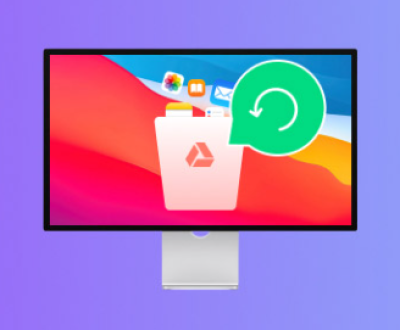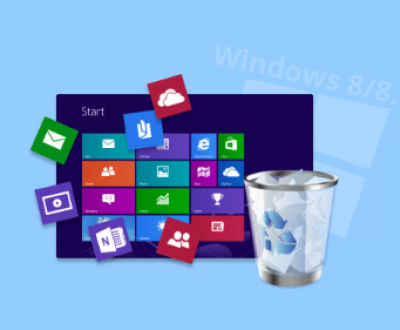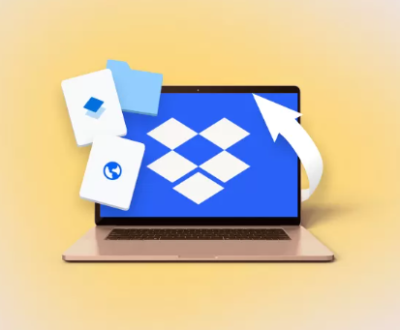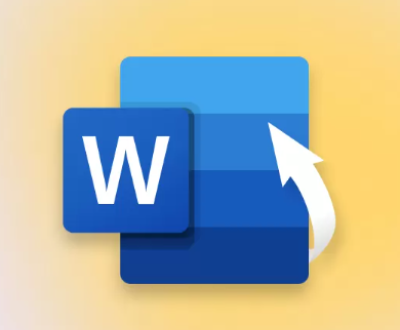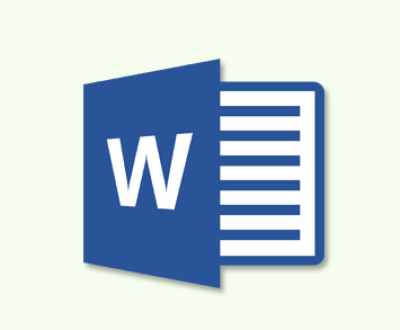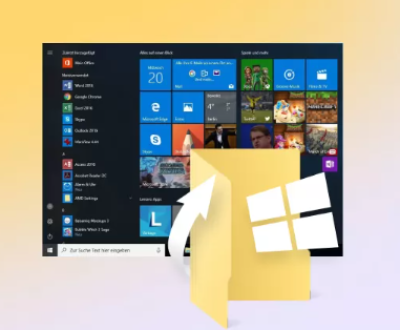Formatting a 128GB SD card to FAT32 can be useful in various scenarios, such as when you’re using it with older devices or cameras that require FAT32 file systems.
Why Format a 128GB SD Card to FAT32?
FAT32 is one of the oldest and most widely supported file systems, offering compatibility across a variety of devices, from older computers to digital cameras, game consoles, and other portable devices. Many devices may not support more modern file systems like exFAT or NTFS, so formatting an SD card to FAT32 ensures that it can work in almost any device.

However, FAT32 does have some limitations, such as:
File Size Limitation: FAT32 cannot handle files larger than 4GB. This can be a disadvantage if you need to store large video files, for example.
Volume Size Limitation: While FAT32 can technically handle volumes up to 8TB, most tools will only let you format SD cards up to 32GB in FAT32 by default.
For larger SD cards, such as a 128GB SD card, the process may require some extra steps, but it’s certainly possible.
Preparing the SD Card for Formatting
Before you start formatting the SD card, it’s important to back up any important files stored on it. Formatting will erase all the data on the card, and once it’s gone, it may be difficult (or impossible) to recover.
Step 1: Back Up Your Data
Copy all important files: Before proceeding with the formatting process, transfer all the important files from your 128GB SD card to your computer or an external storage device. This will ensure that none of your data is lost during the process.
Check for hidden files: Some files on your SD card may be hidden by default. Make sure you have enabled the option to show hidden files in your file explorer.
Step 2: Ensure Your SD Card is in Good Condition
Check for Errors: It’s a good idea to check the SD card for errors before formatting. You can use built-in utilities like the Windows Error Checking tool or other disk utilities to ensure the SD card is not faulty.
Now, let’s move on to the process of formatting the SD card to FAT32.
Methods to Format a 128GB SD Card to FAT32
There are several ways to format a 128GB SD card to FAT32. Below are some of the most common methods:
Method 1: Using Windows File Explorer (Up to 32GB)
Windows does not provide an option to format SD cards larger than 32GB to FAT32 via File Explorer by default. However, if you’re working with a smaller SD card or simply want a quick method to format a 128GB SD card (by splitting it into smaller partitions), you could try this first.
Insert the SD Card: Insert your 128GB SD card into the computer’s card reader.
Open File Explorer: Open the File Explorer by pressing Windows + E or clicking the File Explorer icon in the taskbar.
Locate the SD Card: Under the “This PC” or “My Computer” section, locate the SD card, which is typically labeled as “Removable Disk.”
Right-click the SD Card: Right-click on the SD card icon and select Format.
Choose File System: In the format window, click the drop-down menu under File System and select FAT32 (if available). If FAT32 is not an option, you’ll need to use a third-party tool, as Windows will typically offer exFAT or NTFS for larger cards.
Select Quick Format: If you want a faster process, check the Quick Format box.
Click Start: Click Start to begin the formatting process. A warning will appear saying that all data will be erased. Click OK to proceed.
Wait for the Process to Complete: The format process should take a few moments depending on the size of the SD card. Once completed, you’ll receive a confirmation that the format is finished.
Method 2: Using Third-Party Tools
Since Windows doesn’t support formatting large SD cards to FAT32 by default, third-party tools like FAT32 Format or GUIFormat can be used to format your 128GB SD card to FAT32.
FAT32 Format Tool (GUIFormat)
Download GUIFormat: Download and install the FAT32 Format tool from an official source.
Insert Your SD Card: Insert the 128GB SD card into your computer’s card reader.
Open the GUIFormat Tool: Launch the GUIFormat tool you downloaded.
Select the SD Card: From the drop-down list in the tool, select the drive corresponding to your 128GB SD card.
Choose FAT32: Ensure that the File System option is set to FAT32.
Quick Format: You can enable the quick format option for faster formatting.
Start Formatting: Click the Start button to begin formatting the SD card. A warning will pop up notifying you that all data will be erased. Confirm and proceed.
Wait for Completion: The process may take a few minutes, depending on the size of the card and the speed of your computer.
EaseUS Partition Master
Another popular tool for formatting large SD cards to FAT32 is EaseUS Partition Master.
Download EaseUS Partition Master: Download and install EaseUS Partition Master.
Launch the Program: Open the program after installation.
Select Your SD Card: In the program, locate your SD card in the partition list and select it.
Choose Format: Right-click the SD card and select Format.
Choose FAT32: Select FAT32 as the file system.
Apply Changes: Click OK, then Apply to start the formatting process.
Wait for Completion: The program will format your SD card to FAT32. and the process should only take a few minutes.
Method 3: Using Command Prompt (Diskpart)
Diskpart is a command-line utility in Windows that allows you to format drives, create partitions, and perform other disk management tasks. While Diskpart does not allow you to directly format large drives to FAT32. you can use it in combination with third-party tools to perform the task.
Open Command Prompt: Press Windows + X and select Command Prompt (Admin) to run as Administrator.
Type Diskpart: In the Command Prompt window, type diskpart and press Enter to launch the disk partition tool.
List Available Drives: Type list disk and press Enter to display all the drives connected to your computer.
Select the SD Card: Identify the number corresponding to your SD card, and type select disk X (replace X with the correct disk number) and press Enter.
Clean the SD Card: Type clean and press Enter. This will erase all data on the SD card, preparing it for formatting.
Create a New Partition: Type create partition primary and press Enter to create a new partition on the SD card.
Format the SD Card: Unfortunately, Diskpart does not support FAT32 for large volumes. Use a third-party tool like GUIFormat or EaseUS Partition Master to format the card.
Method 4: Using macOS (Disk Utility)
If you are using a Mac, you can format the SD card using macOS’s built-in Disk Utility.
Insert the SD Card: Insert the SD card into the card reader and plug it into your Mac.
Open Disk Utility: Open Disk Utility from the Applications > Utilities folder.
Select the SD Card: In Disk Utility, select your 128GB SD card from the list of available devices.
Erase the SD Card: Click on the Erase button at the top.
Choose Format: From the format options, select MS-DOS (FAT), which is the macOS equivalent of FAT32.
Name the Card: Optionally, give the SD card a name.
Erase: Click Erase to begin formatting the card.
Complete the Process: Wait for the process to finish, and your SD card will be formatted to FAT32.
Troubleshooting
Even with the right tools, you may encounter issues while formatting your 128GB SD card to FAT32. Here are some common problems and solutions:
Card Not Showing Up: If the SD card is not recognized by your computer, make sure the card reader is functioning properly. Try a different USB port or reader if necessary.
Cannot Format Beyond 32GB: If you’re using Windows File Explorer, you may be limited to formatting up to 32GB. Use third-party software like GUIFormat or EaseUS Partition Master to bypass this limitation.
File System Errors: If you encounter errors during the format, try using the CHKDSK tool in Command Prompt to fix any file system issues before formatting.
The SD Card is Write-Protected: If the card is write-protected, look for a small switch on the SD card itself and make sure it is in the “unlocked” position.
About us and this blog
Panda Assistant is built on the latest data recovery algorithms, ensuring that no file is too damaged, too lost, or too corrupted to be recovered.
Request a free quote
We believe that data recovery shouldn’t be a daunting task. That’s why we’ve designed Panda Assistant to be as easy to use as it is powerful. With a few clicks, you can initiate a scan, preview recoverable files, and restore your data all within a matter of minutes.
Subscribe to our newsletter!
More from our blog
See all postsRecent Posts
- How to recover accidentally deleted files 2025-07-01
- How do i recover a file i accidentally deleted 2025-07-01
- How to recover an accidentally deleted file 2025-07-01

 Try lt Free
Try lt Free Recovery success rate of up to
Recovery success rate of up to

